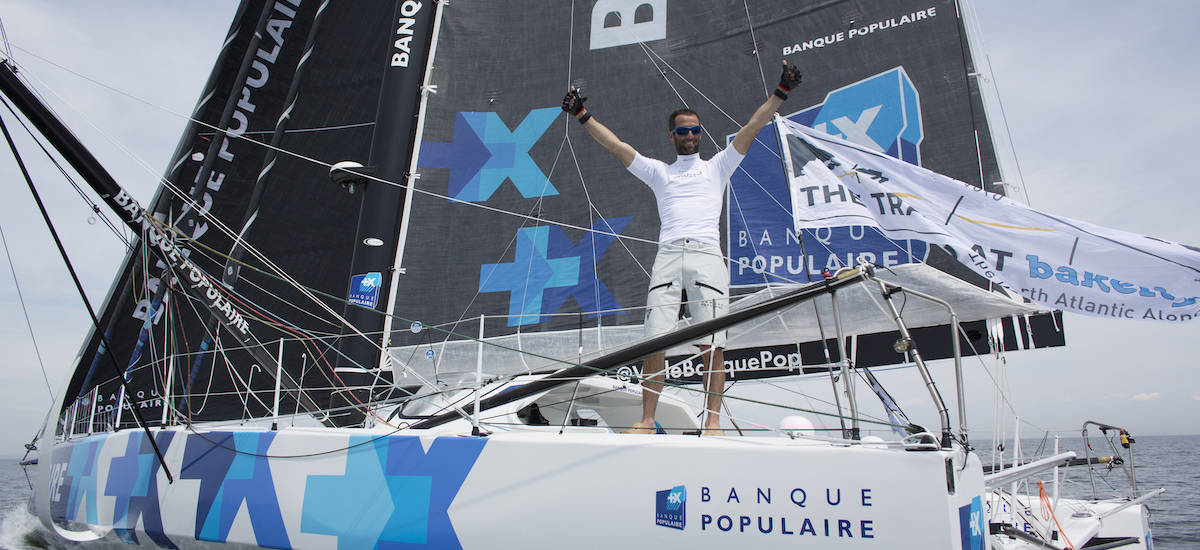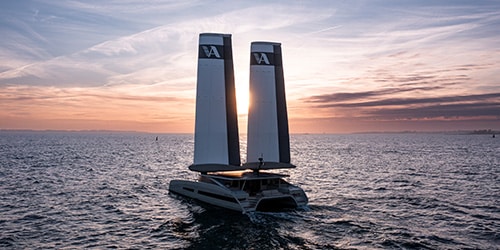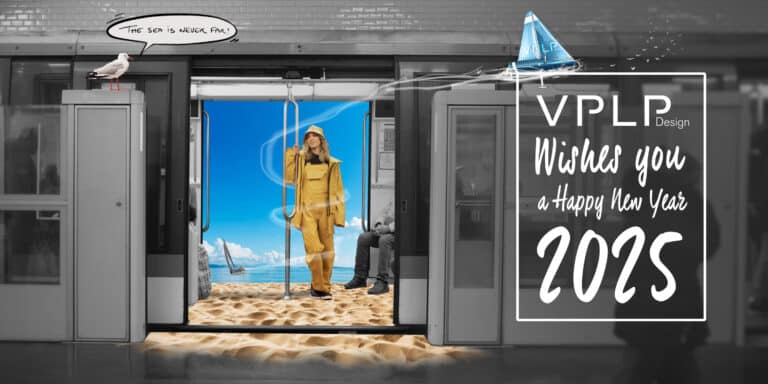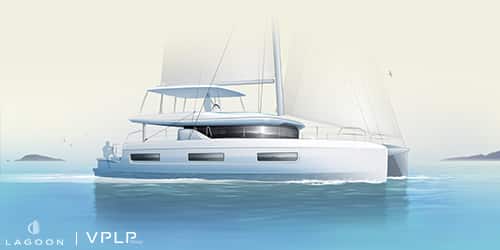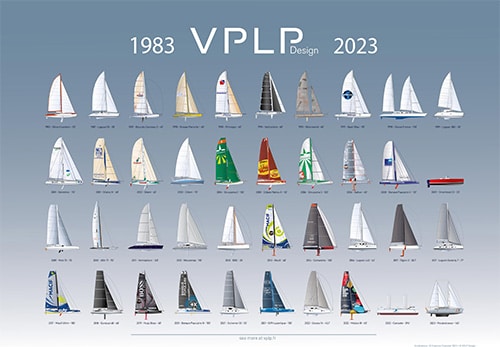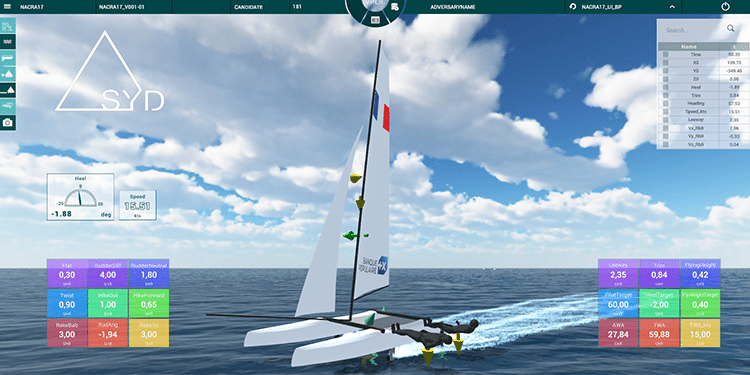Quentin Lucet and Daniele Capua, responsible for monohull IMOCAs at the firm, reflect on the May and June trans-Atlantic crossings of the VPLP Design/Team Verdier foilers.
What lessons did you learn from The Transat bakerly and the New York–Vendée (Les Sables d’Olonne)?
Quentin Lucet: First of all, works to render the boat more reliable were successful. Structural weaknesses which appeared at the start of the Transat Jacques Vabre have been resolved.
Daniele Capua: And now the skippers have gained confidence and are starting to feel more comfortable with what is, it has to be said, a very different way of sailing. After a period of uncertainty, this resounding vindication has done us the world of good! We took a lot of risks so it’s reassuring to see our designs working well.
At last the foilers are getting into gear in the New York–Vendée (Les Sables d’Olonne)…
Quentin Lucet: Yes, it’s the first time! It’s important to understand that we tailored the boats for the Vendee Globe and the previous editions just didn’t have similar conditions. This time we saw they could add, on average, an extra 2 to 3 knots when reaching.
And close-hauled, have they caught up?
Quentin Lucet: That’s the other piece of good news. Even though very few of the boats were carrying the second version of their foils, they did extremely well. For instance, on The Transat bakerly we saw Banque Populaire holding on to PRB, the fastest upwind sailer in the fleet. The V2 and V3 foils should almost-completely erase any remaining discrepancies.
What can we do, in design terms, about the collisions with OFNIs that we saw on the return race?
Daniele Capua: I flew over to Newport, where five of the boats had called in, to examine the damage and advise the teams on how to carry out suitable repairs. We’re going to do for the IMOCAs what we did for the ORMAs and apply the same principles of strengthening, cushioning and watertightness. The idea is to manage the force chain so we can place the reinforcements in the right places. And allow the skipper to continue the race with reduced performance or to simply remain afloat, depending on the severity of the impact.
Quentin Lucet: The positive in all this is the keel zone held up well despite getting knocked about quite considerably.
